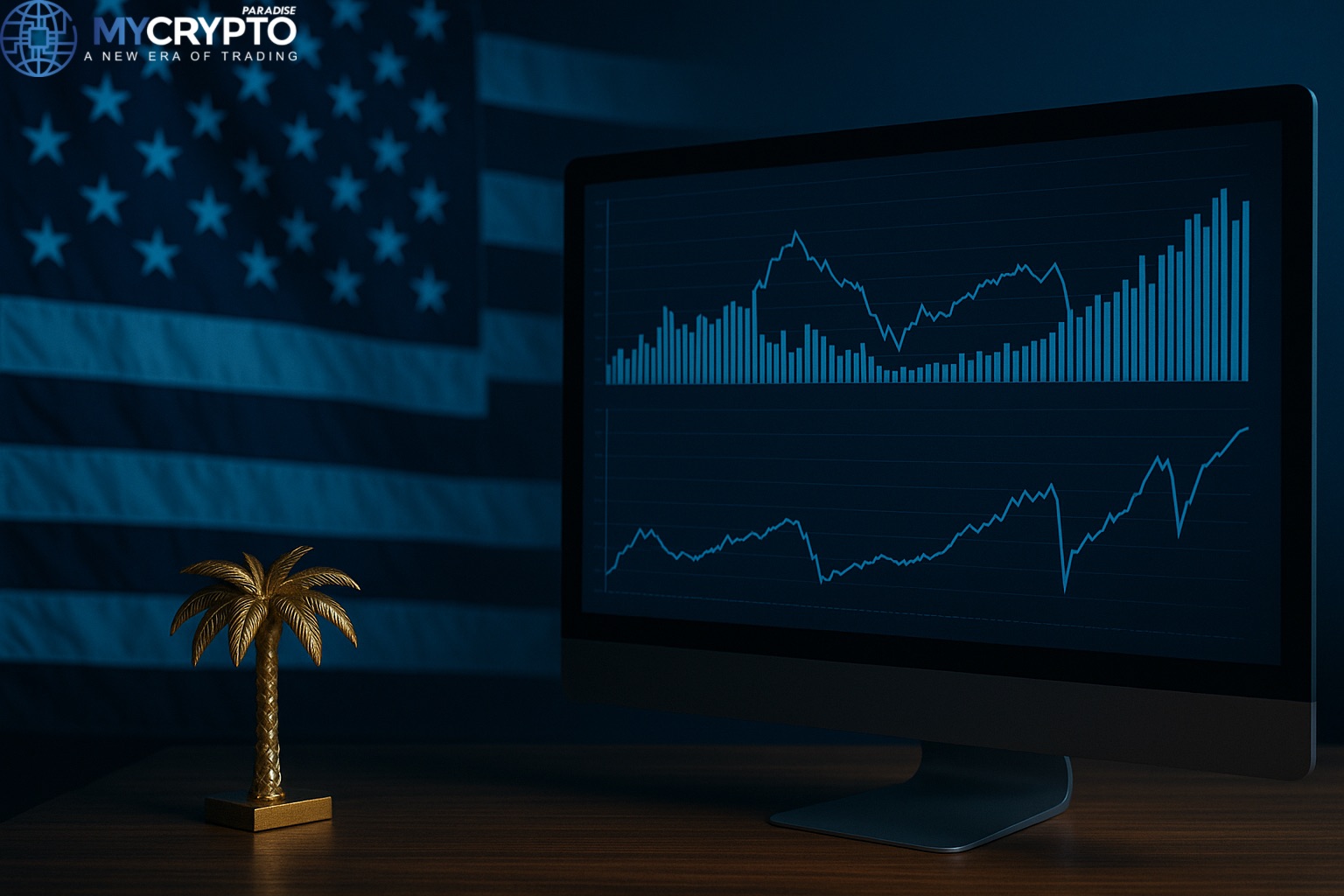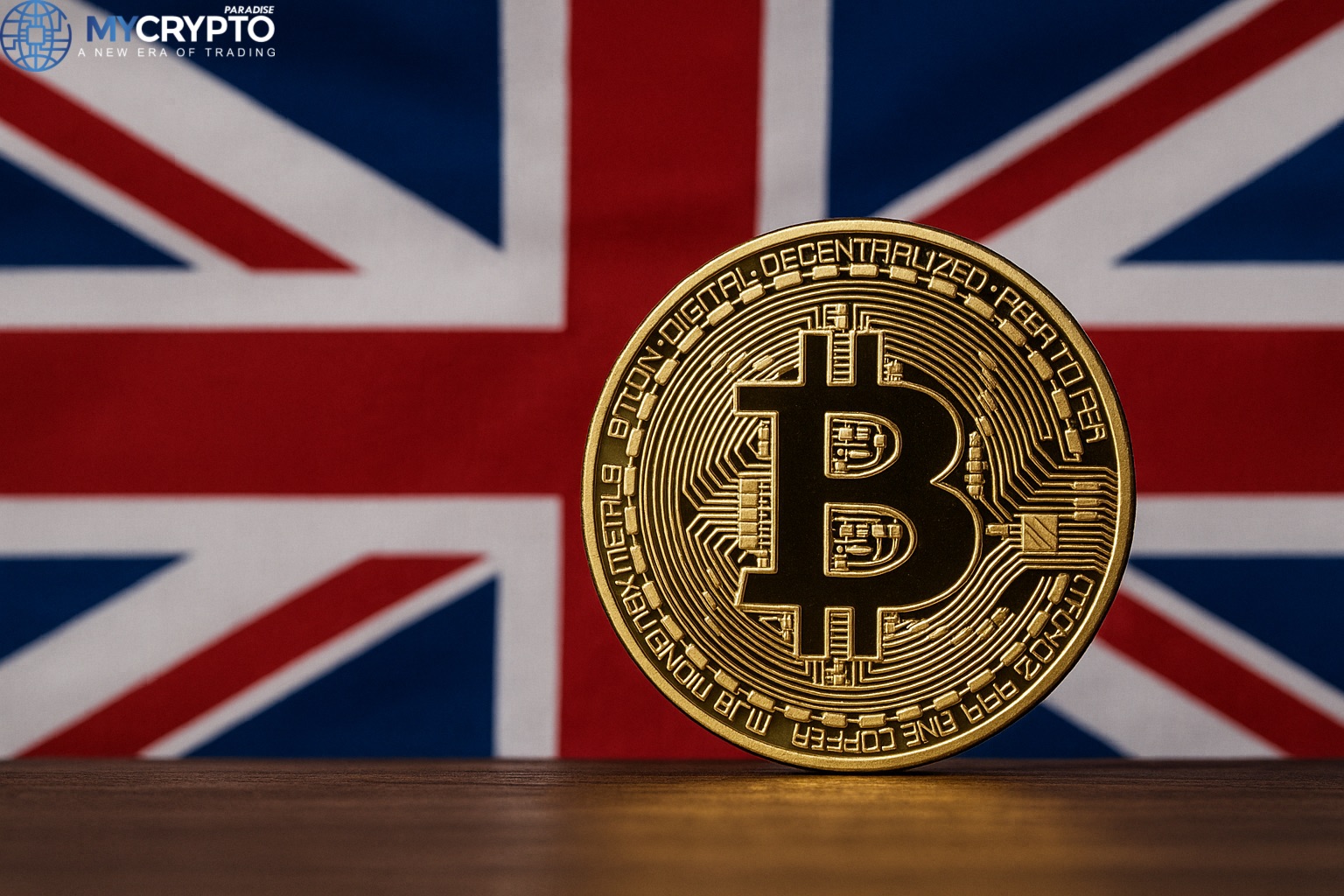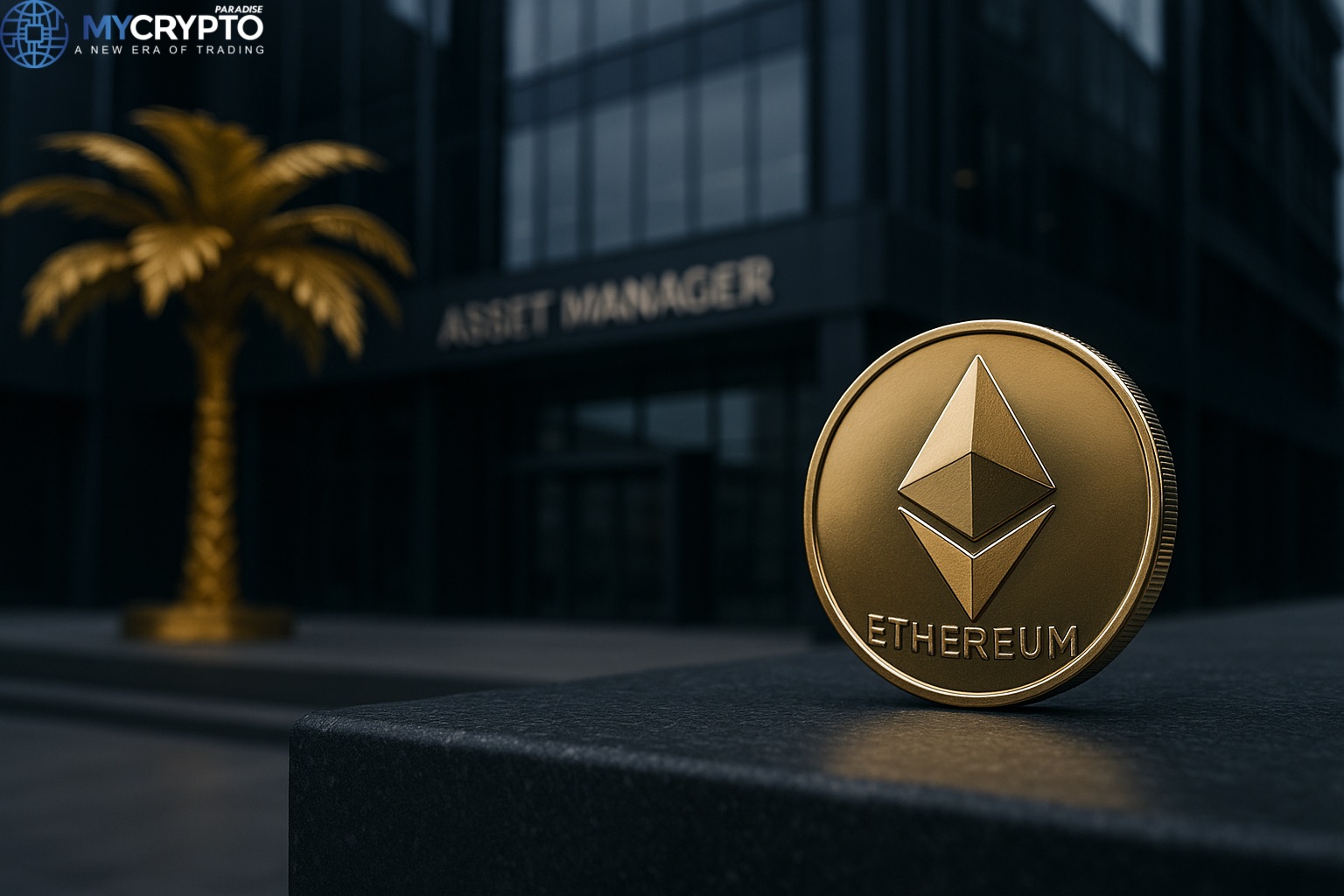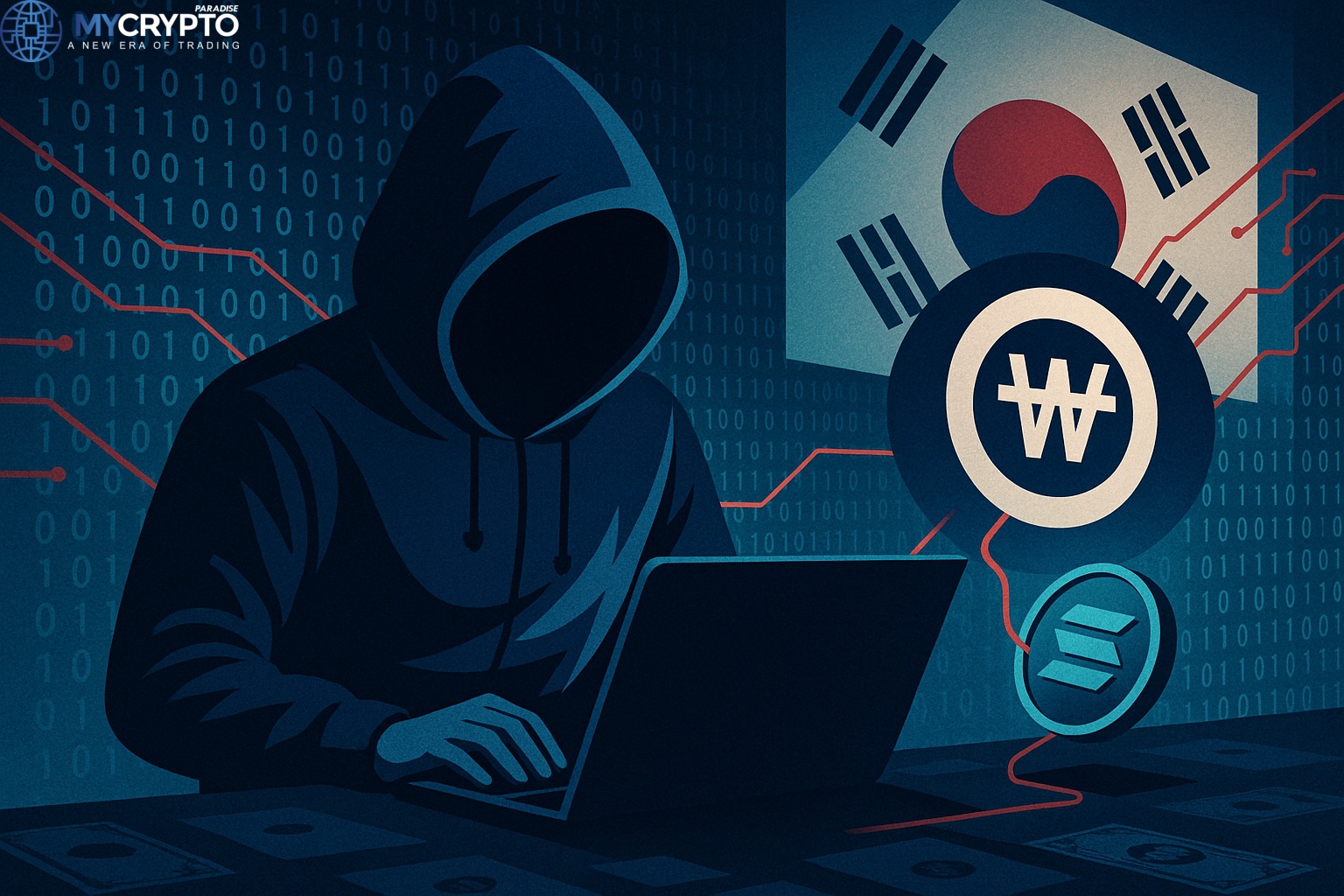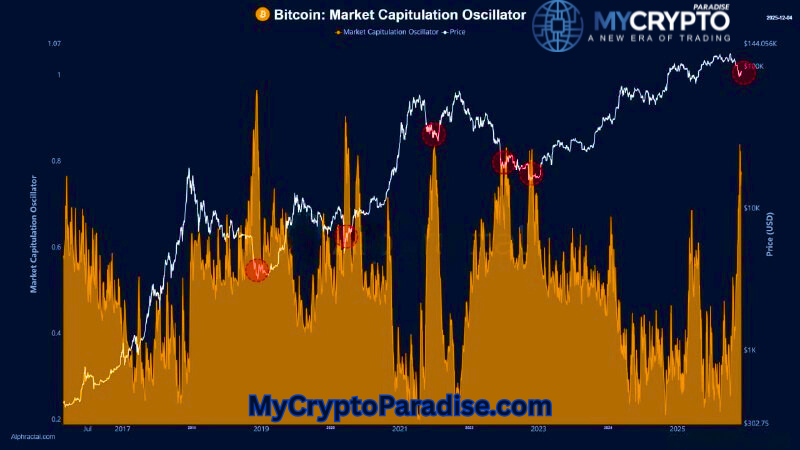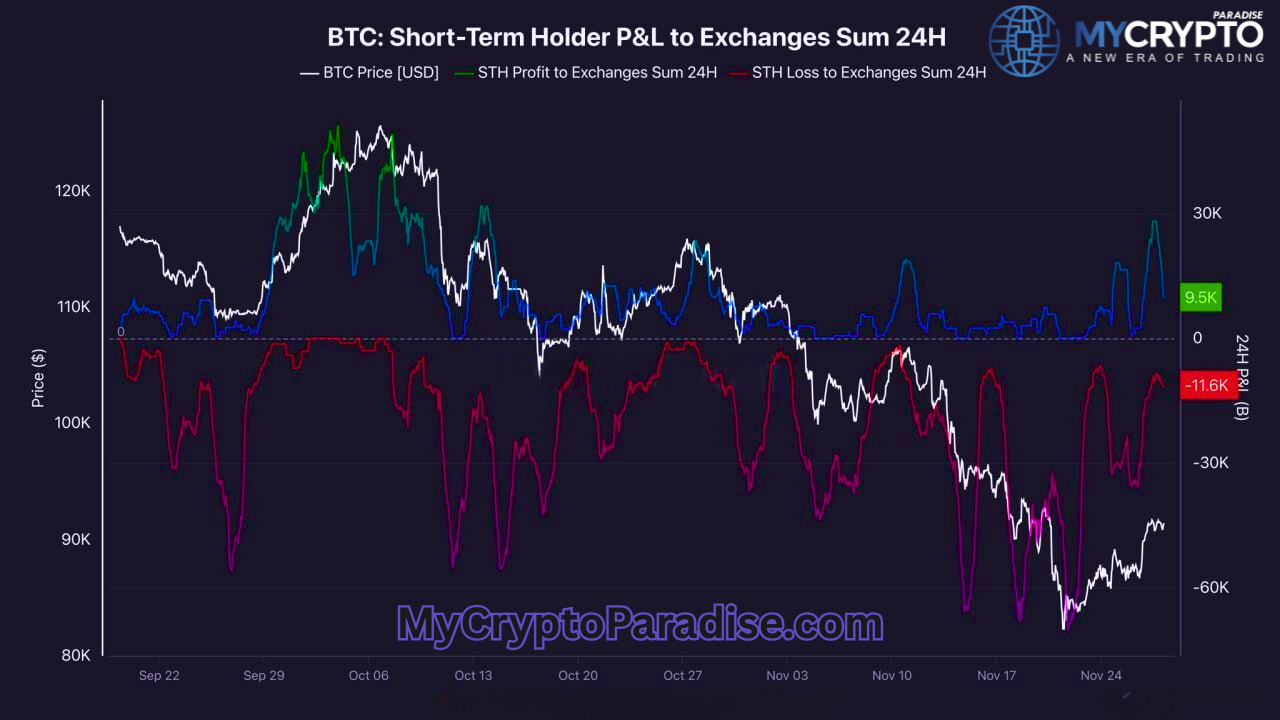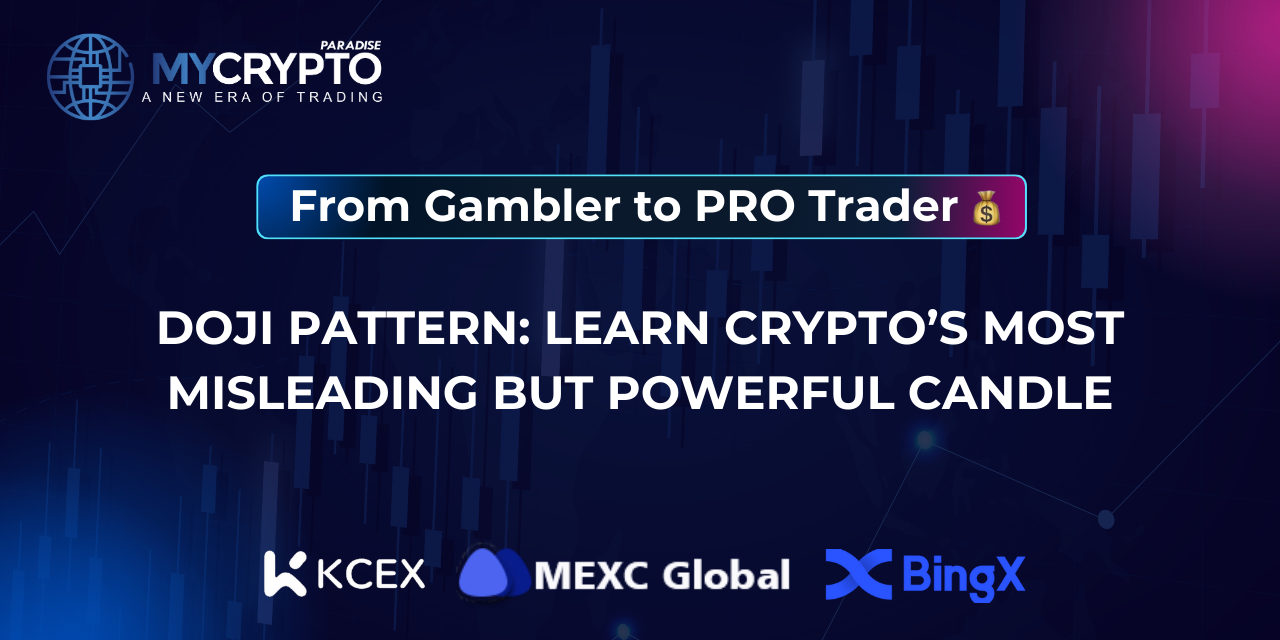Key Highlights;
- Telegram’s latest move to turn stickers and emojis into NFTs.
- Users can now own and potentially profit from their favorite digital assets.
Yello ParadiseSquad! During the recent Token2049 event in Dubai, Pavel Durov, the visionary CEO of Telegram, announced an exciting new direction for digital communication: transforming Telegram’s popular stickers and emojis into non-fungible tokens (NFTs) on The Open Network (TON) blockchain. This innovative step is not just about ownership but also opens the door for users to monetize these beloved icons.
Stickers as NFTs: A Cultural Shift
Durov highlighted how stickers and emojis, integral to daily chats, could soon become a significant part of the digital economy. Imagine trading or selling a sticker like a rare trading card! This follows the successful tokenization of Telegram usernames, which already generated impressive sales, allowing creators to retain 95% of the proceeds. The potential here is massive, especially with Telegram’s stickers being used over 700 billion times a month.
Expanding the Ecosystem
The integration of NFTs into everyday communication could also extend to entire sets of stickers and emojis, potentially creating new meme coins. This plan leverages the TON blockchain’s scalability, capable of handling the vast number of transactions such a venture would require.
Empowering Creators
Further reinforcing Telegram’s commitment to decentralization, Durov discussed the platform’s ad revenue sharing model, which currently gives channels 50% of ad revenue. Soon, creators will enjoy even greater benefits, receiving 70% of the revenue from tips. This model underscores Telegram’s focus on empowering content creators and users alike, making digital interaction more profitable and engaging.
A Future of Digital Collectibles
With this move, Telegram is not just changing how we view stickers and emojis but potentially reshaping the landscape of digital collectibles. As these plans unfold, Telegram users could find themselves at the forefront of a new era where their everyday communications are also potential investments.

